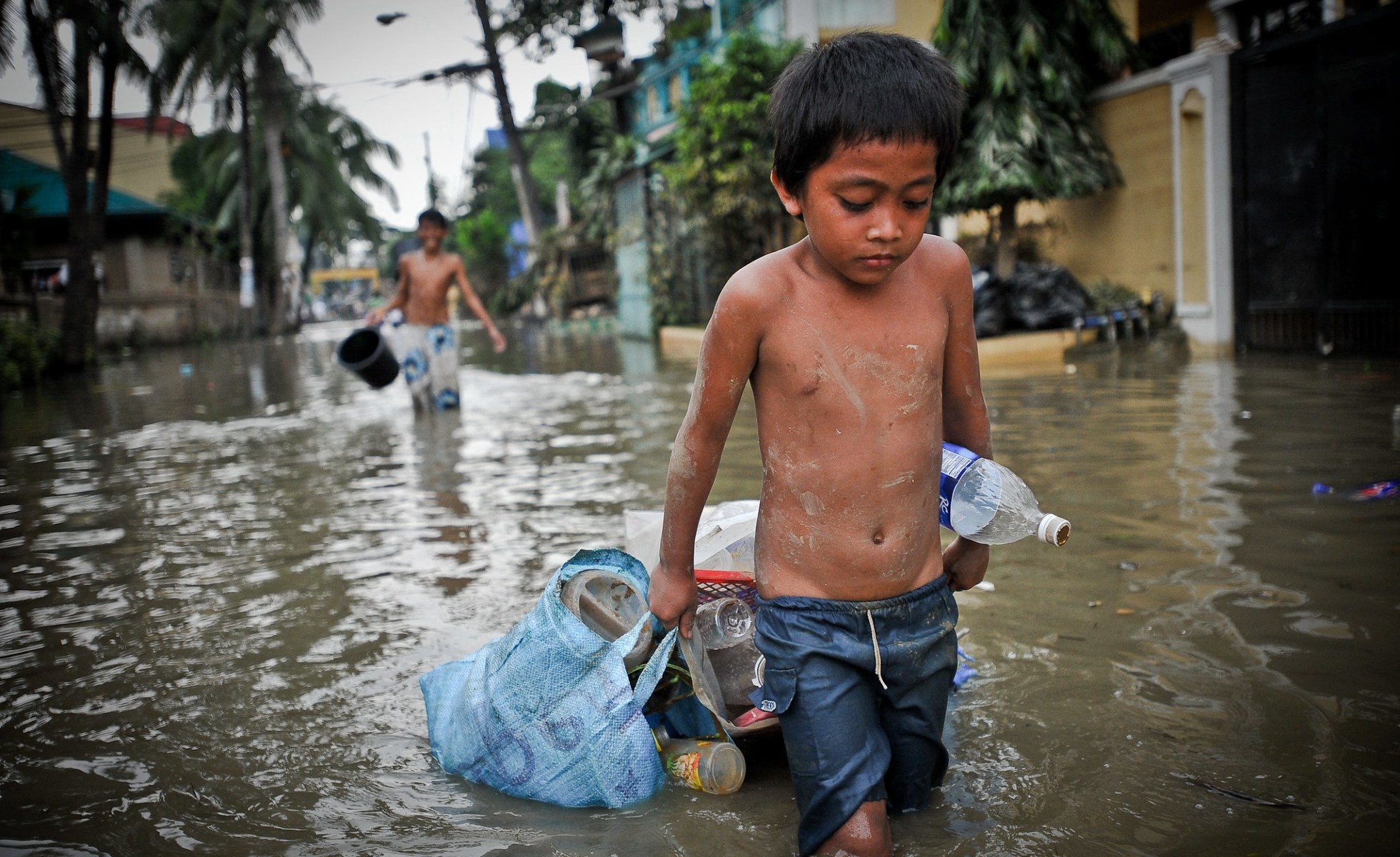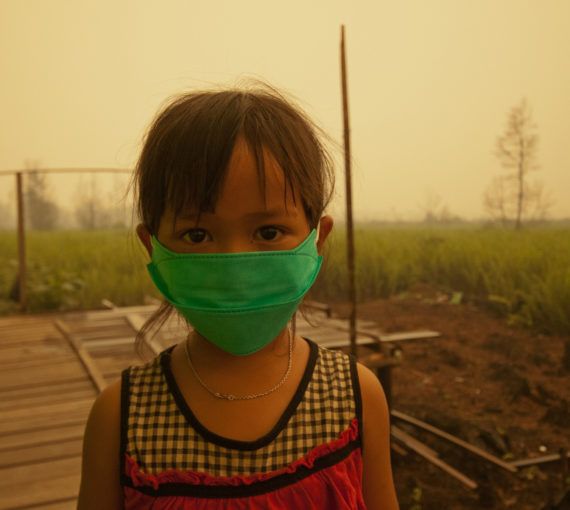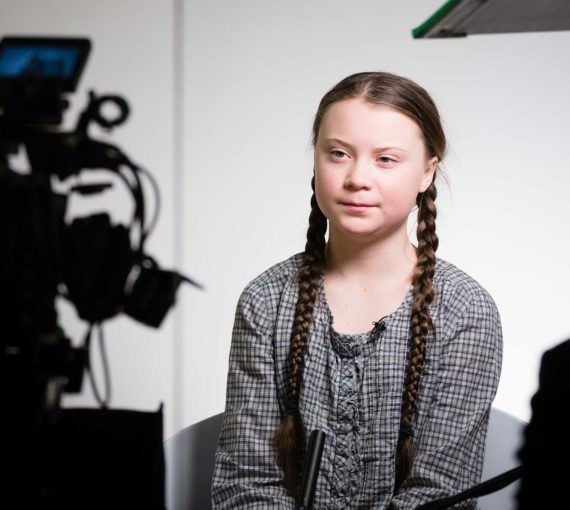
Almost every child on Earth is exposed to at least one major climate or environmental hazard, shock or stress, and that most are exposed to two or three overlapping risks. (Photo: Asian Development Bank via Flickr)
Most people try to keep their children and grandchildren safe and wouldn’t knowingly put them at risk. Maybe that’s why some ignore or deny the climate crisis. It’s easier than admitting that, by our actions, we’re condemning those we love to an increasingly uncertain future.
A new UNICEF report and “Children’s Climate Risk Index” show that almost half the world’s children — one billion — live in countries where they face “extremely high risk” from “climate and environmental hazards, shocks and stresses.”
This, the report says, “is creating a water crisis, a health crisis, an education crisis, a protection crisis and a participation crisis. It is threatening children’s very survival. In all these ways, it is infringing on children’s rights — as outlined in the United Nations Convention on the Rights of the Child.”
It’s another reason why young people are again taking to the streets and social media to demand climate action instead of enjoying more carefree activities. We’ve failed them and continue to fail them.
Much of the blame falls on the fossil fuel and automobile companies and their supporters in government and media — who have long had the knowledge and power to make changes but instead intentionally worked against even the smallest efforts to address human-caused climate disruption.
UNICEF launched the report, The Climate Crisis Is a Child Rights Crisis: Introducing the Children’s Climate Risk Index, in collaboration with Fridays for Future on the third anniversary of the youth-led international climate strike movement. (The next global strike is September 24.)
The index categorizes risk factors under two pillars: “Exposure to climate and environmental shocks and stresses” and “Child vulnerability.” The former includes water scarcity; riverine and coastal flooding; tropical cyclones; vector-borne diseases; heat waves; and air, water and soil pollution. The latter includes child health and nutrition; education; water, sanitation and hygiene; and poverty, communication assets and social protection.
The study found that almost every child on Earth is exposed to at least one major climate or environmental hazard, shock or stress, and that most are exposed to two or three overlapping risks.
The study found that almost every child on Earth is exposed to at least one major climate or environmental hazard, shock or stress, and that most are exposed to two or three overlapping risks. The one billion children who “face a deadly combination of exposure to multiple climate and environmental shocks with a high vulnerability due to inadequate essential services” live in 33 countries, mostly in Africa.
Those countries account for less than nine per cent of global greenhouse gas emissions, while the 10 highest-emitting nations are responsible for 70 per cent.
“Climate change is deeply inequitable,” UNICEF executive director Henrietta Fore said. “While no child is responsible for rising global temperatures, they will pay the highest costs. The children from countries least responsible will suffer most of all. But there is still time to act. Improving children’s access to essential services, such as water and sanitation, health, and education, can significantly increase their ability to survive these climate hazards.”
The long-term solution is to radically reduce emissions starting immediately and get to net zero before 2050 to keep Earth from heating more than 1.5 C over pre-industrial levels. But we’ve stalled so long that much of the heating is already locked in and won’t reverse for decades, which, as the report states, will be too late for many children.
“Unless we invest heavily in adaptation and resilience of social services for the 4.2 billion children born over the next 30 years, they will face increasingly high risks to their survival and well-being,” it states. “Any adaptations must be based on a careful assessment of both the type and nature of the climate and environmental hazard, shock or stress, as well as the degree to which children are vulnerable.”
The report outlines many solutions, including improving access to water, sanitation and hygiene services, and investing in education, health, nutrition, protection and poverty reduction.
The report outlines many solutions, including improving access to water, sanitation and hygiene services, and investing in education, health, nutrition, protection and poverty reduction.
It also makes clear that we must listen to our children, “not by paying lip service, or through tokenistic engagements, but with the scale and force that is commensurate with the magnitude of the issue at hand.”
We can’t stand by and let children suffer for our behaviours. From supporting climate strikes to voting as if their future depends on it — because it does — we must do all we can today to ensure they have a safe and livable tomorrow.



